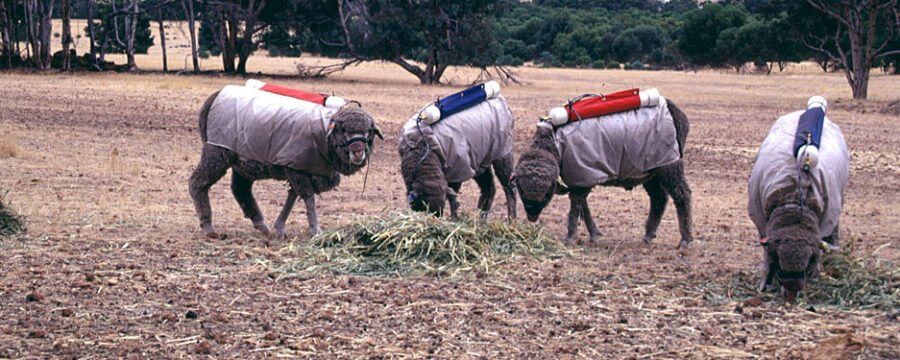Methane is the second most powerful greenhouse gas and concentrations are rising in the atmosphere. Because of its potency and quick decay in the atmosphere, countries have recognised that reduction of methane emissions are a means toward mitigating global warming.
In light of the new international climate agreement, the Paris Agreement, there is increasing need for countries to accurately quantify their greenhouse gas emissions and to have independent checks on this reporting.
In one of the biggest independent studies of its kind, scientists from the University of Bristol have concluded that there has been little growth in India’s methane emissions over the last few years and that reporting of these emissions by the country’s authorities is accurate.
This is in contrast to other countries, such as China, where measurements have shown increasing emissions of the greenhouse gas in recent years or the United States, where large discrepancies have been found between reported emissions and those inferred from atmospheric observations.
The aim of the study, published today in Nature Communications, was to quantify India’s methane emissions using observations of methane concentration in the country’s atmosphere, the first time that this has been done for India at this scale.
To get the results for this study, a combination of observations were used – from the surface, from an aircraft and from a satellite that is measuring methane concentrations globally from space.
The study was also carried out to provide an independent assessment of emissions to what has been reported by India to the United Framework Convention on Climate Change (UNFCCC) and to demonstrate the value of this independent check.
Lead author Dr Anita Ganesan from the University of Bristol’s School of Geographical Sciences, said: “Methane emissions in inventories are highly uncertain due to the complexity of the sources that emit it. It is not uncommon for countries to report methane emissions with an uncertainty that is as large as the emissions themselves. By using a variety of approaches, we can narrow that uncertainty.”
“As found through measurements from the atmosphere rather than through the cataloguing done by countries, we showed that emission levels are consistent with India’s reports to the UNFCCC and that between 2010-2015 methane emissions did not show any significant growth. This information is very valuable to know – both for providing this independent check but also for learning how to improve the accounting process.”
India’s total methane emissions are about ten times larger than the UK’s, but are smaller per person. The country has the world’s largest cattle population and is a significant producer of the world’s rice.
The study showed that methane emissions are enhanced each year between June and September over emissions that are being released continuously – this signal is due to rice, which is predominantly grown during this season, and can clearly be observed.
Professor Ron Prinn of the Massachusetts Institute of Technology, a co-author of the study and leader of the global Advanced Global Atmospheric Gases Experiment (AGAGE), said, “National monitoring of greenhouse gases needs to become a standard process that is done alongside current reporting practices. This is the only way we can ensure transparency and accuracy of the reports that are submitted to the UN.”
The team now plan to use the techniques developed in this study to examine other tropical regions, whose methane emissions are poorly understood.
If our reporting has informed or inspired you, please consider making a donation. Every contribution, no matter the size, empowers us to continue delivering accurate, engaging, and trustworthy science and medical news. Independent journalism requires time, effort, and resources—your support ensures we can keep uncovering the stories that matter most to you.
Join us in making knowledge accessible and impactful. Thank you for standing with us!

